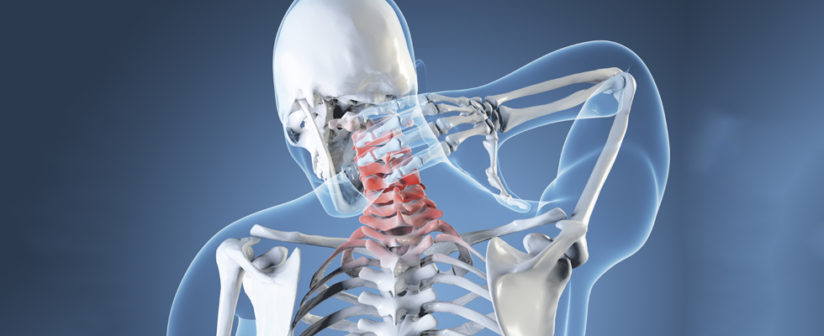Physical therapy for Sports Injuries
There are many sports injuries commonly treated by physiotherapists, such as muscle strains, ligament sprains, dislocations and fracture. The type of physiotherapy treatments that you will receive for your specific sports injury will vary. You will be active in the decision making as to what intervention you will receive with the guide of your personal physiotherapist.
Physiotherapy for sports injuries from PrivaCare
During your first discussion with our PrivaCare staff you will be asked about your activity that led to your injury, your past medical history and other related data. In addition, your therapist will perform a thorough physical evaluation and examination of your injured body part during their first visit. Your first encounter with your physiotherapist is called the initial evaluation or examination and will help determine the best plan for recovery.
Based on the results of physiotherapy evaluation and examination, your particular needs, and your goals, your PrivaCare physiotherapist will then formulate a comprehensive treatment plan specifically made for you. Your therapist will discuss with you about your treatment plan.
Your treatment may begin immediately following your physical therapy initial evaluation. Your physiotherapist will document your succeeding treatment visits and determine whether your treatment plan will be changed or continued.
Physical Therapy Treatments for Sports Injuries
The following are some of the general treatments that your physiotherapist may include in your rehabilitation program. PrivaCare physiotherapists use many of these techniques based on the patient’s current condition.
Ice pack application
Ice application is often prescribed for acute sports injuries. Icing can help minimize your pain and swelling that result from your injury. Your physiotherapist will wrap an ice pack with towel and apply it to your injured part for about 20 minutes.
Hot pack application
Your physiotherapist may decide to use a hot pack wrapped in towel if you do not have swelling. The pack will be applied for about 20 minutes. Hot pack application can help relieve your pain and muscle or joint stiffness. In addition, this may help hasten your healing by increasing blood flow to your injured body part.
TENS
TENS, or transcutaneous electrical nerve stimulator, is a small battery-operated device that directs small amounts of current to the skin over your injury. You will feel a tingling sensation when the device is turned on. TENS can help temporarily relieve your symptom of pain.
Ultrasound
An ultrasound is a machine that drives sound vibrations to your tissues. It is a deep heating apparatus or modality. This means that this physiotherapy apparatus can heat up deeper tissues or bulky body areas. An ultrasound may be used by your physiotherapist to soften your deeper tissues or to aid in your healing process.
Massage
Massage, or sometimes called soft tissue mobilization, is a hands-on therapy that your physiotherapist may use. Massage may be employed to relax tight muscles, decrease swelling, reduce tissue adhesions, or pain relief.
Stretching
Muscles can become tight during periods of inactivity following an injury. Stretching can help loosen these tight muscles, thus, improving your range of motion (ROM). Stretching may be done manually by your physiotherapist or he or she will teach you self-stretching exercises that your can do even at the comfort of your home.
Range of motion exercises
Range of motion (ROM) exercises can help improve or maintain your joint range of motion. By performing ROM exercise whenever possible, you can prevent your joints and muscle from becoming stiff. Range of motion exercises may also be combined with strengthening exercises once you have improved strength.
Strengthening exercises
Being inactive for a long time can make your muscles weak. Strengthening them is important to achieve independence in movement. Strengthening exercises can help you maintain strength of your uninjured muscles and improve strength of your weakened muscles.
Gait or walking training
You may need gait or walking training using a walking device like a walker or crutches to avoid putting stress on your injured lower limb. You physiotherapist will fit you with a proper walking device and train you on how to properly use it.


